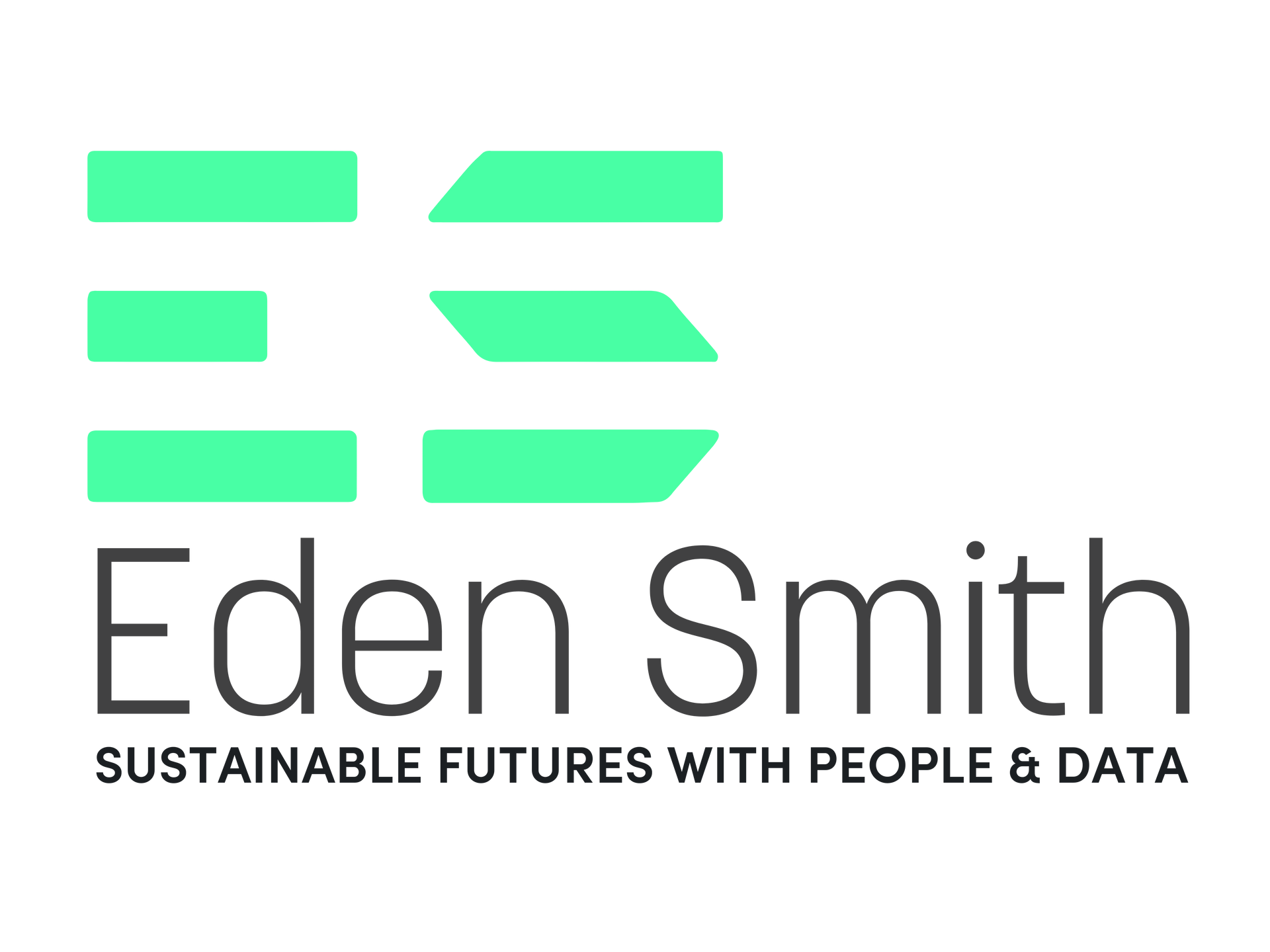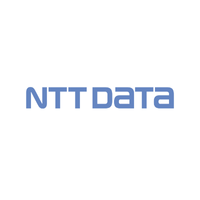Data Leaders of the Future Will Be Translators, Not Just Technicians
The role of data leaders is shifting rapidly. For years, technical mastery, knowing how to build models, optimise databases, or fine-tune algorithms, was considered the core requirement for anyone at the top of a data-driven organisation. But as companies increasingly depend on data to guide decisions across every department, another capability is emerging as equally critical: translation. Tomorrow’s most effective data leaders will not just be technical experts; they will be translators who bridge the gap between technical teams and business stakeholders.
From Technical Expertise to Cross-Functional Leadership
In the past, organiaations primarily sought data leaders who could design infrastructure and extract insights. These skills remain vital, but they are no longer enough. Business leaders often struggle to understand what data teams produce, while data professionals sometimes lack the business context needed to shape truly strategic solutions.
This gap creates a disconnect, valuable insights sit unused, or worse, are misinterpreted. The future of data leadership lies in closing this gap. Leaders who can fluently “translate” between data science, business goals, and customer needs will ensure insights are not only accurate but actionable. They will be the bridge that allows data to flow seamlessly into decisions, culture, and strategy.
Why Communication Skills Are Becoming Mission-Critical
As organisations accelerate digital transformation, the complexity of data ecosystems grows. Data leaders are tasked with guiding executives, frontline staff, and even customers through this landscape. Doing so requires clear, persuasive communication.
The best leaders of tomorrow will explain technical outputs in plain language that inspires confidence and drives adoption. They will understand that data storytelling is as crucial as model accuracy. Moreover, these leaders will know how to listen, absorbing challenges from marketing, operations, or HR and reframing them into solvable data questions. Communication is not just about talking; it’s about co-creating meaning across disciplines.
The Rise of the “Data Translator” as a Competitive Advantage
McKinsey and other analysts have pointed out that “data translators” are increasingly valuable because they maximise the return on existing analytics investments. While AI models or dashboards may be developed in-house or outsourced, the translation layer, the ability to contextualise insights, prioritise their use, and secure stakeholder buy-in, cannot be automated away.
Organisations that nurture this skill set in their leaders will stand apart. Their data teams will not work in isolation but in synergy with every business function, accelerating innovation and decision-making. In effect, the translator becomes the multiplier of value.
Preparing the Next Generation of Data Leaders
Developing translators requires a shift in both hiring and training. Technical expertise will remain essential, but organisations must also prioritise interpersonal skills, empathy, and business literacy. Aspiring data leaders should cultivate public speaking, active listening, and negotiation skills alongside coding and statistics.
Business schools and data science programs are beginning to integrate these dimensions, but forward-looking organisations can go further. Rotational programs, cross-department collaborations, and mentorship opportunities help data professionals expand beyond technical silos. The leaders who embrace this hybrid path will be best positioned to thrive in tomorrow’s data-centric world.











